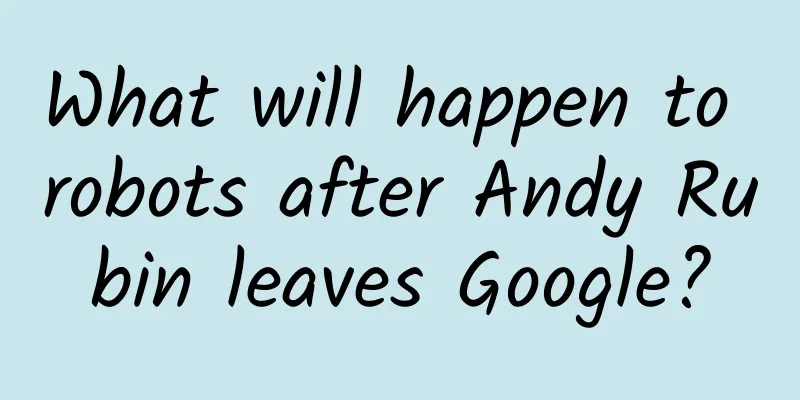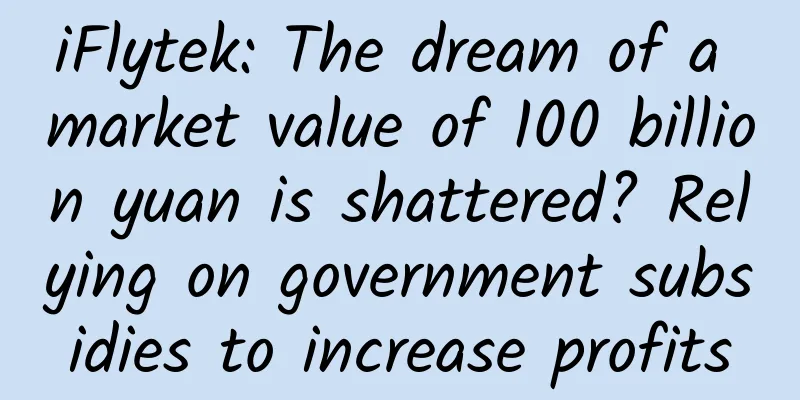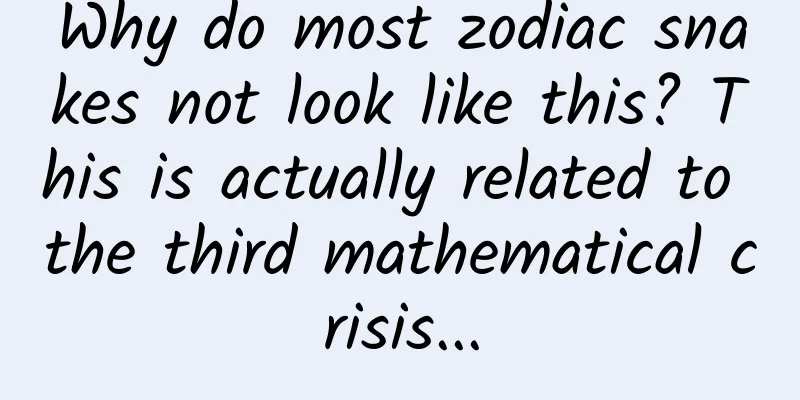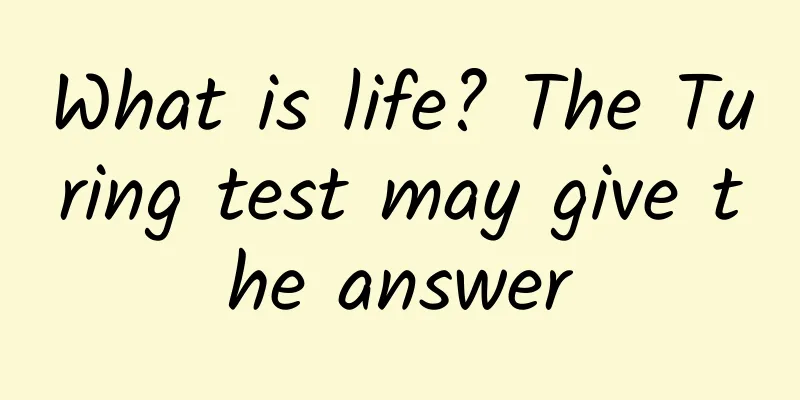What will happen to robots after Andy Rubin leaves Google?

|
"The future is looking very bright!" This is what Andy Rubin wrote on Twitter a year ago. Back then, Google acquired another robotics company for the Android founder and former head, and Google wanted Rubin to run the robotics division, which was integrated into Google. About a year later, although Andy Rubin did not announce any news on Twitter, it caused a sensation - he left Google. His departure leaves us with a question: What’s happening to robots at Google now? Google's robotics efforts have been murky so far. For much of the past year, we've watched Google acquire one robotics company after another. Granted, most of these companies are only well-known in the robotics community. However, Boston Dynamics has attracted more attention among these acquisitions, as videos of its robots walking, running, jumping, and more have been viewed by millions of people on YouTube.
Seeing Google snap up so many robotics companies reminds you of the book Atlas Shrugged, written by the writer Ayn Rand. In the book, industrialist John Galt quietly left all the great entrepreneurs to come to his private utopia to "stop the world from turning." Similarly, Google's snap-up spree has also weakened the development space of robotics. Of course, all those robots we’ve seen in blogs, videos, and robotics competitions have suddenly disappeared. So what has Google done with all these robotics companies in the space of a year? What robots are they developing now? And most importantly, what’s the future of robotics? No progress on the project?Obviously, we all know that Google co-founder Sergey Brin unveiled a prototype self-driving car at the Code Conference earlier this year, but little was revealed about Rubin or Google's robotics plans at the time. In order to gain a deeper understanding of Google's robot plan, analyst Lance Ulanoff has asked Google several times about the relevant matters, but the response he got was "We (Google) are not willing to disclose any information." Neither Google nor Rubin himself has updated the progress of the robot project on blogs, Twitter or Google+ since then. Because of this, their approach has caused concern to Lance Ulanoff. This is not the usual practice of a typical robotics company. Why has Google released less and less information about robots since entering the field of robotics? One possible hypothesis is that Google has made little or no satisfactory progress in this field. Rubin's departure does not mean the end of Google's robotics project. Google scientist James Kuffner will take over the project. Like Rubin, James Kuffner is also a robotics expert, but unlike Rubin, he will more frequently publish some information about the development of robots on Google+. Robotics is as difficult as climbing to the skyBecause there's no information out there, we don't know what Rubin did in the robotics field, so we don't know how big the gap will be after he leaves. Even so, the robotics field is a relatively small and tight-knit community. Whether or not everyone knows each other, they understand the technical difficulties in making robots a consumer product. They also understand each other's feelings. Tandy Trower worked with Microsoft for nearly 28 years before helping the company launch its earliest "off-the-shelf" robotics development tools. He left Microsoft in 2009 to start his own robotics company, Hoaloha Robotics, which is dedicated to developing technology for robot caregivers that can help the world's aging population. Tandy Trower said that his departure reflects to some extent that even if enough energy and money are invested in the robotics industry, it is still difficult to create a robot with obvious human characteristics. At this stage, it is nothing more than some small devices or toys. And according to his personal experience, this is not an easy task. He has been working hard in this field. It has been five years since he left Microsoft, and his project has not yet been completed. Who knows if Rubin will start talking about robots again after leaving Google? His next goal is to set up an incubator to support hardware technology, which sounds like a very suitable enterprise to support robotics innovation. Maybe with the success of this incubator and the acquisition by Google, Rubin will return to Google. Now we can only hope that the Google Robotics Project under the leadership of James Kuffner can truly bring us many amazing products and not shatter our dreams of robots. |
<<: The inside story of Android creator's farewell to Google
>>: Android creator Andy Rubin: a lone ranger among geeks
Recommend
How much does it cost to be an agent for a fruit mini program in Dali?
How much does it cost to be an agent of Dali Frui...
This article shows you Matsutake mushrooms from around the world
Produced by: Science Popularization China Produce...
Summary of new technologies in Android 6.0
Recently, Google officially released Android M, n...
How to quickly remove oil stains from mobile phone screens using invoices
The biggest advantage of Android phones is that th...
Yes! Animals also dream and have consciousness
We usually think that humans are the only creatur...
Digital RMB App released version 1.0.4 update, consumption red envelope balance can be displayed independently
On January 26, the Digital RMB (pilot version) Ap...
8 ways to make your app icon stand out
The app icon plays a very important role in the c...
Three amazing Thai advertisements, I was completely convinced after watching them
What is the most important thing about Thai adver...
Huawei Band B5 review: Breaking the awkward positioning, dual-purpose for both business and sports
As a member of smart wearable devices, bracelets ...
TOP 8 e-commerce advertisements of 2020, marketing war!
Every year during major marketing events such as ...
H1N1 flu is coming, understand these symptoms and don't panic
Review expert: Peng Guoqiu, deputy chief physicia...
Is pomegranate a "Chinese magical fruit" that can improve beauty and fight cancer? Nutrition experts: It is not recommended for this type of people to eat too much
There are so many seasonal fruits in autumn, but ...
How to make an event planning plan? Event planning skills!
Activities are a means to quickly achieve specifi...
How to check the results of the Hunan High School Entrance Examination 2020 Hunan High School Entrance Examination Results Query Portal
How to check the results of the Hunan High School...









